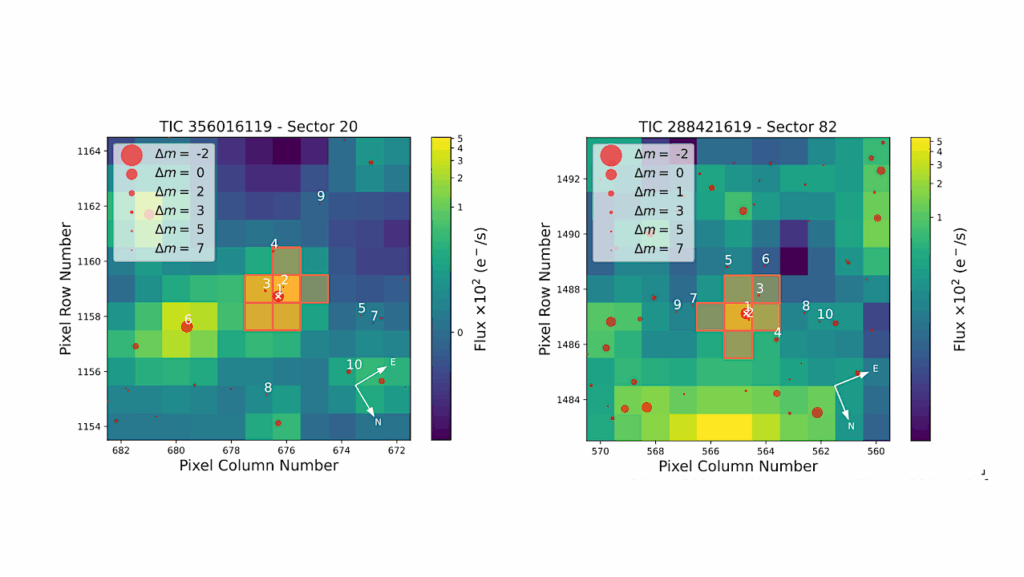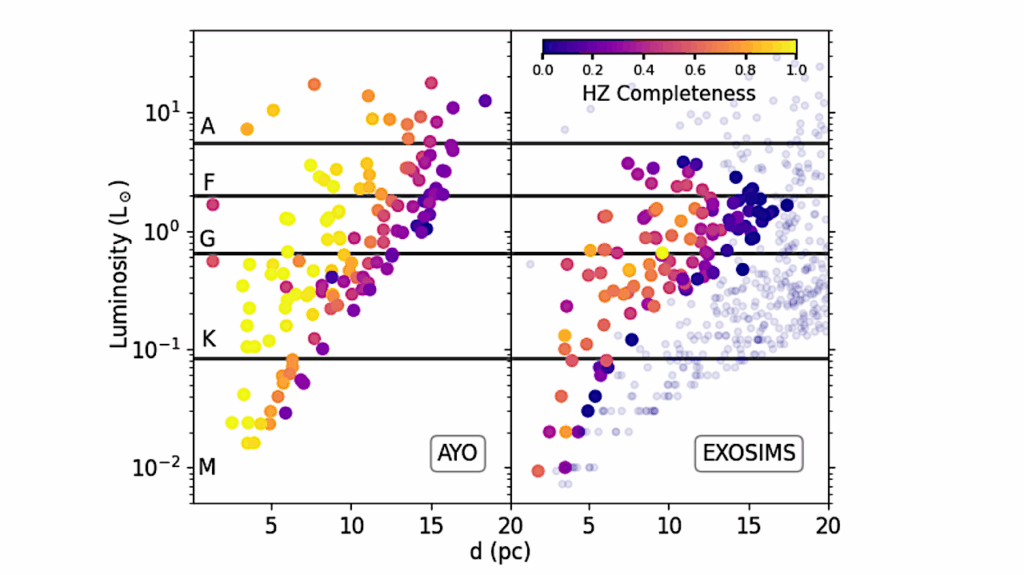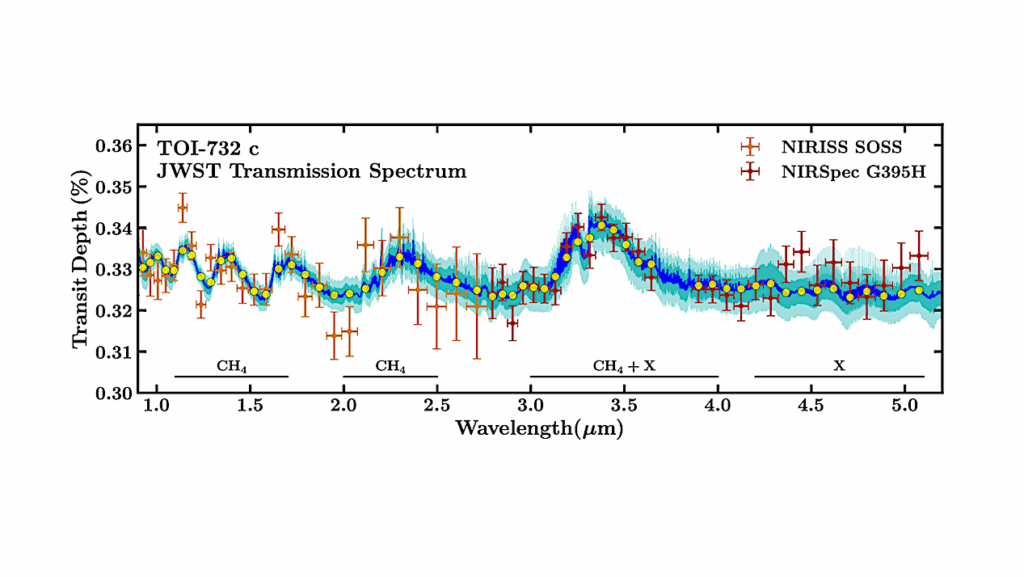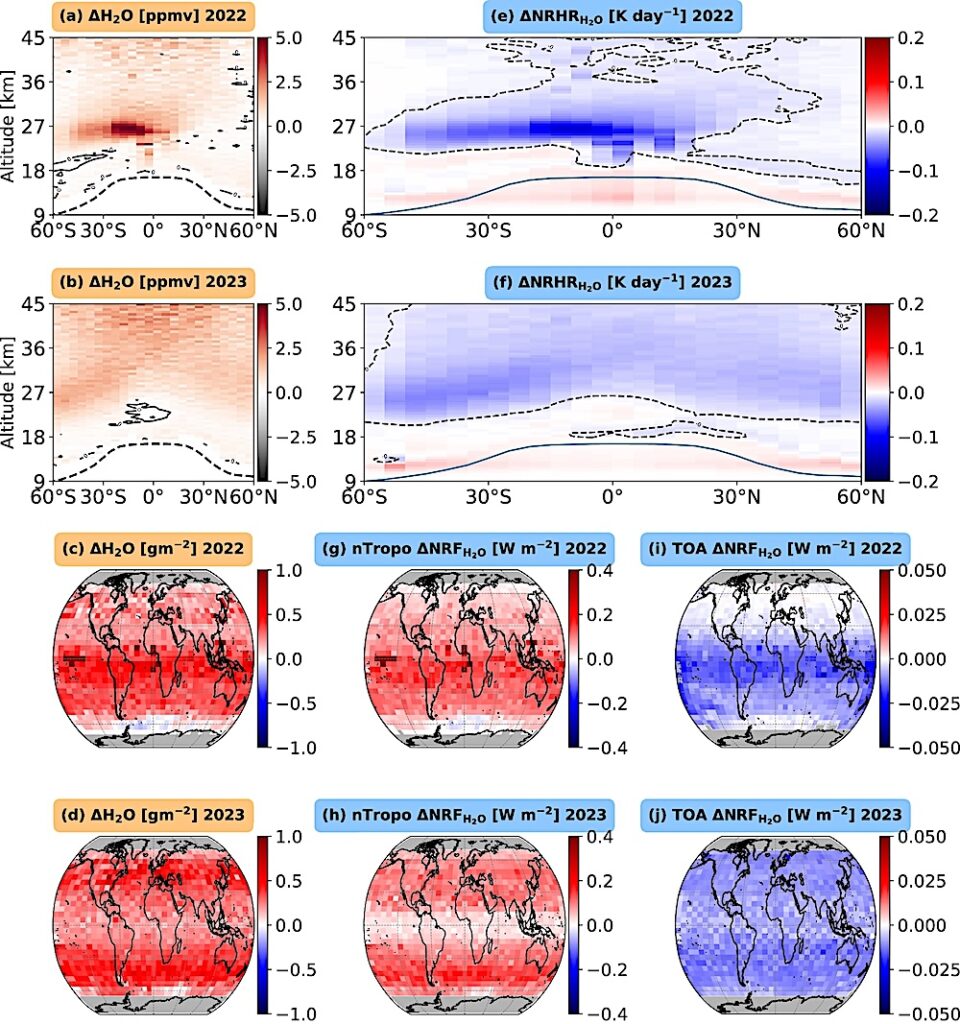Exoplanets Synchronization: Learning From Venus’ Retrograde Rotation
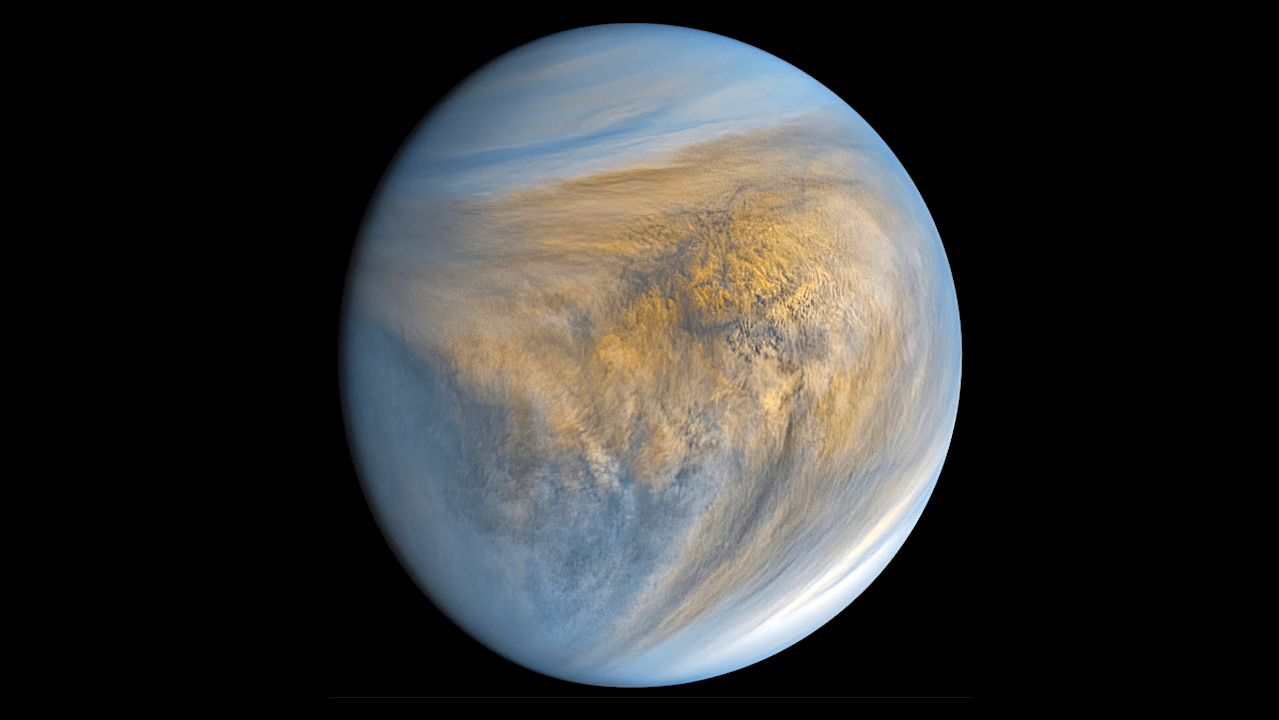
Context: Planets in the HZ can have dense atmospheres affecting their rotations. Over time, the rotation tends to stationary solutions that can be synchronous or asynchronous.
Aims: Our understanding of Venus’s rotational dynamics is revisited to look at what might happen to exoplanets in the habitable zone of a solar-type star.
Methods. The creep tide theory is used to calculate the gravitational tidal torque. Mathematical analysis is used to study the differential equation resulting from the joint contributions of tidal and atmospheric torques.
Results. The formation of a dense atmosphere can alter the primordial rotation of the planet. One possibility is that it gradually becomes retrograde. The rotation of Venus is an example.

Variation of the rotational elements of the planet before and after the rotation reversal: Top and Middle: Obliquity and Equinox before and after the rotation reversal. Bottom: Rotation period and Orbital period (blue line). Longitude of the First Equinoctial Point (intersection of the planet’s equator and orbit) — astro-ph.EP
Sylvio Ferraz-Mello
Comments: XIII Taller de Ciencias Planetarias (Montevideo, 2026)
Subjects: Earth and Planetary Astrophysics (astro-ph.EP)
MSC classes: 85
Cite as: arXiv:2512.06526 [astro-ph.EP] (or arXiv:2512.06526v1 [astro-ph.EP] for this version)
https://doi.org/10.48550/arXiv.2512.06526
Focus to learn more
Submission history
From: Sylvio Ferraz-Mello
[v1] Sat, 6 Dec 2025 18:26:48 UTC (458 KB)
https://arxiv.org/abs/2512.06526
Astrobiology,


